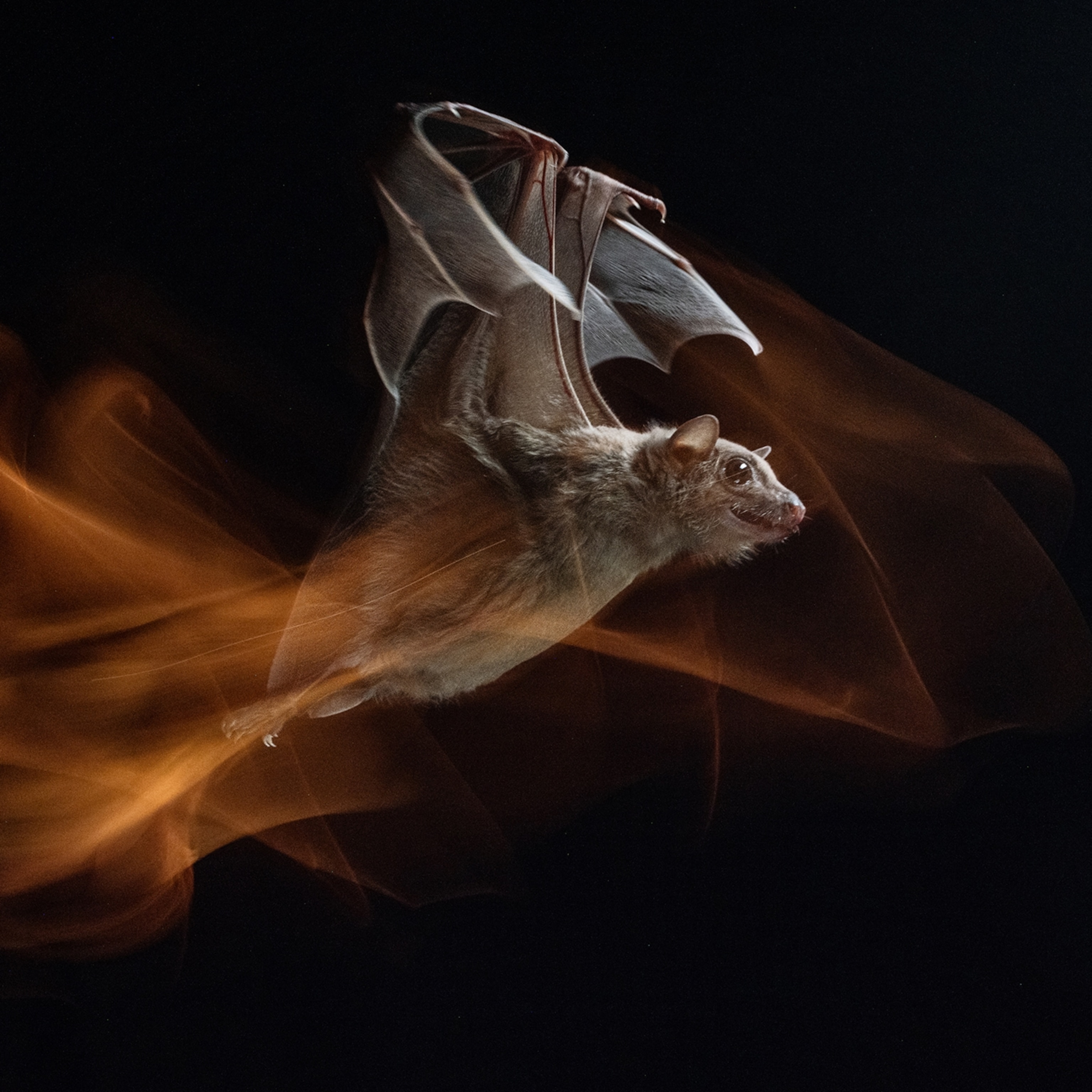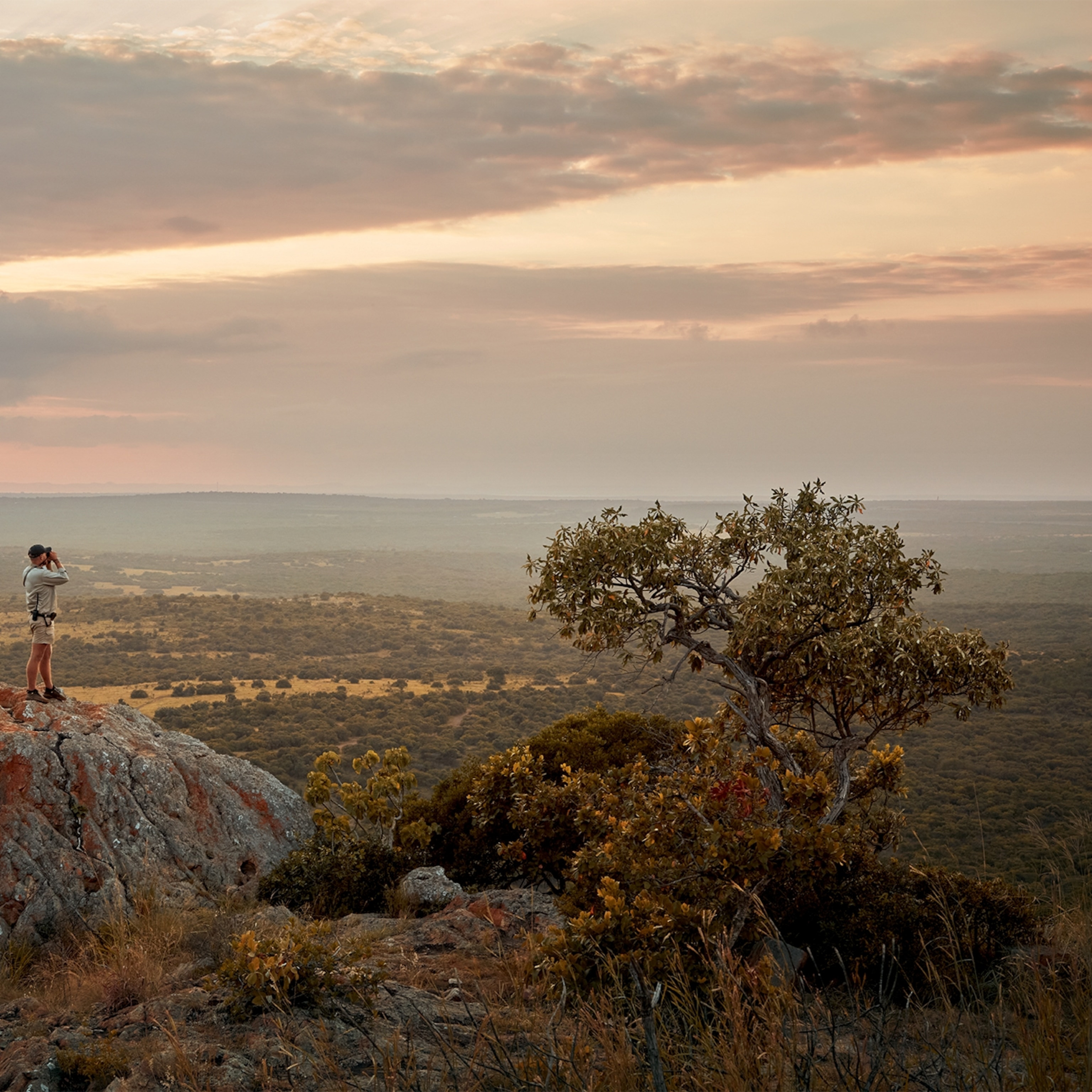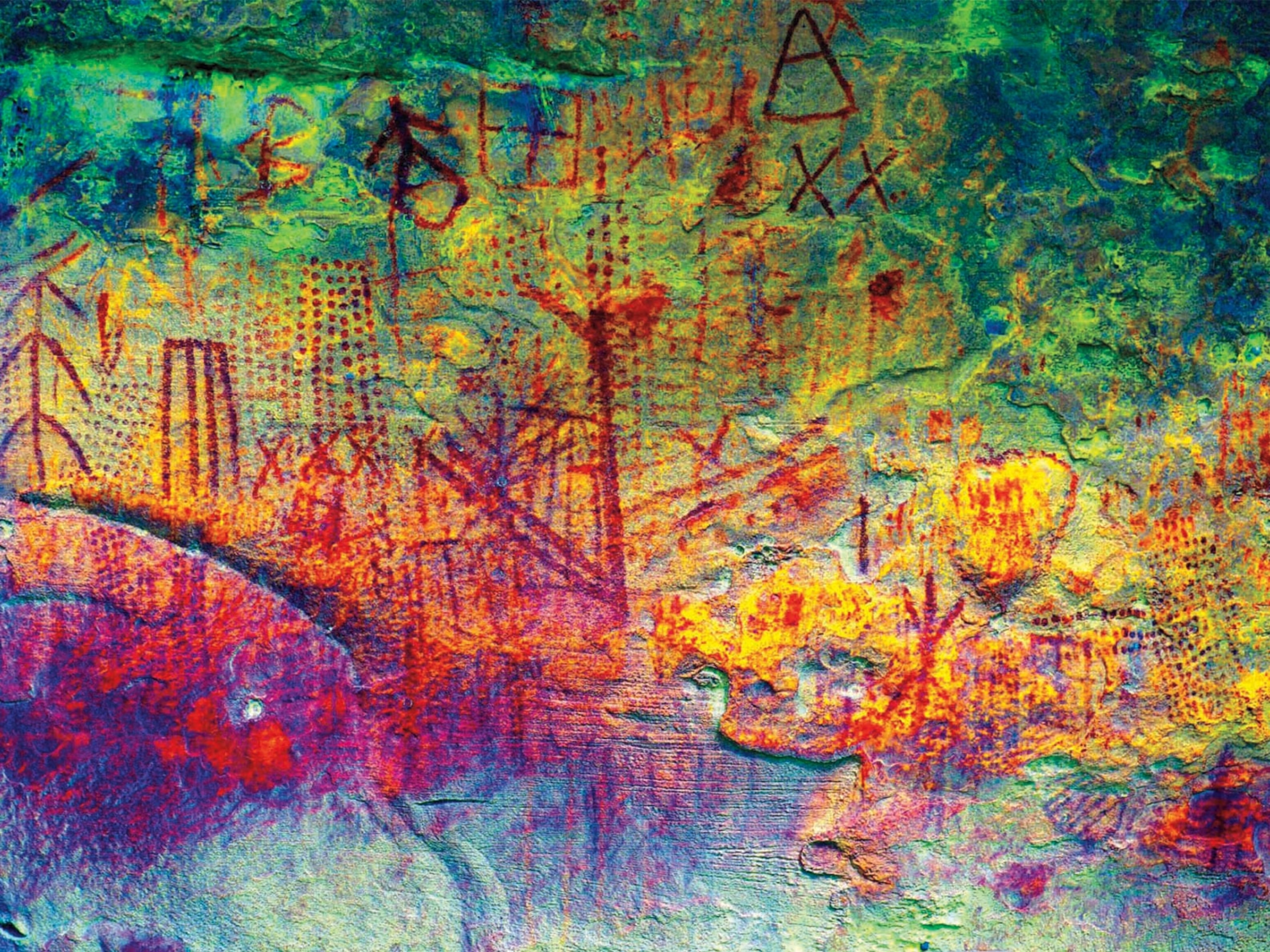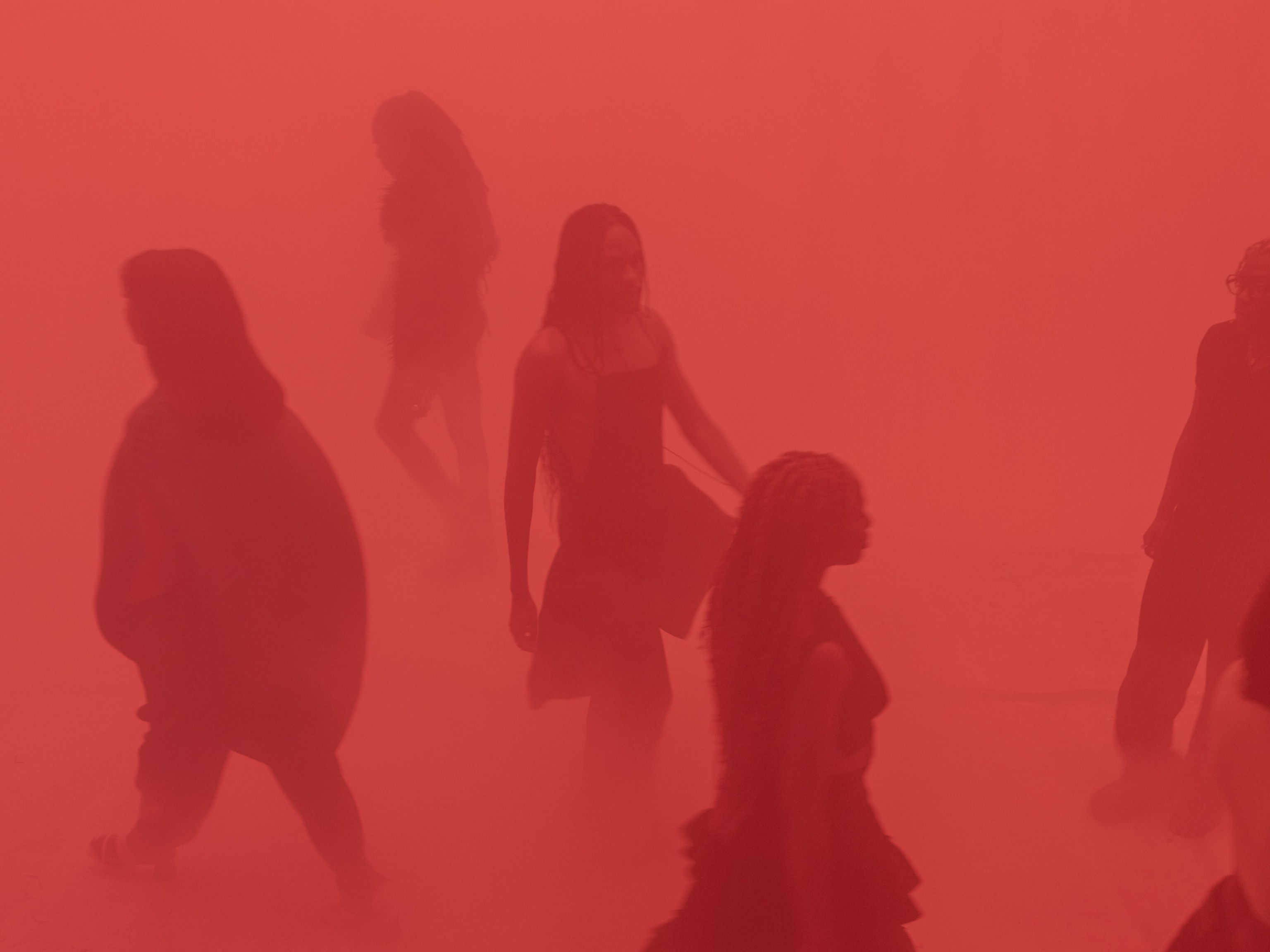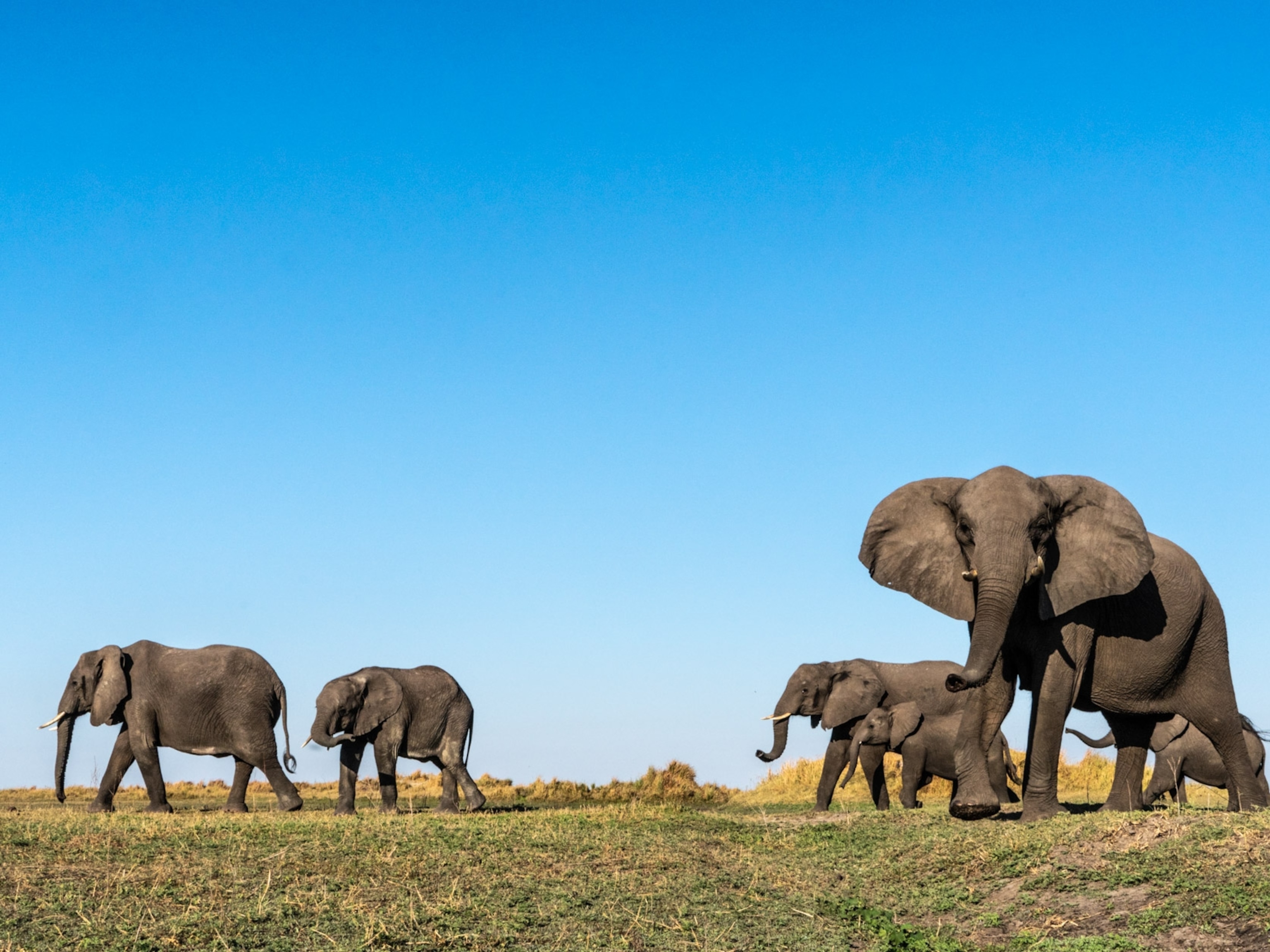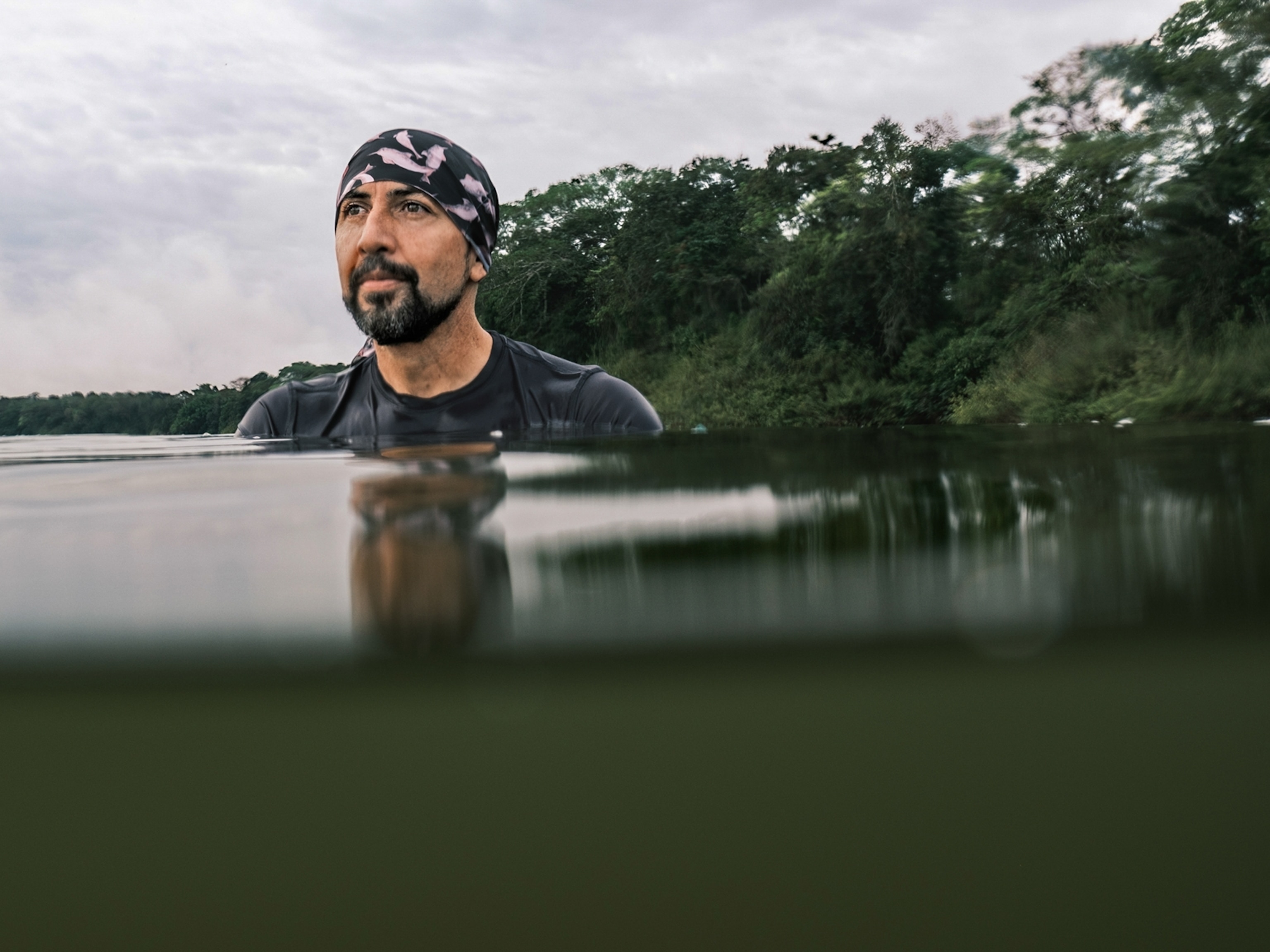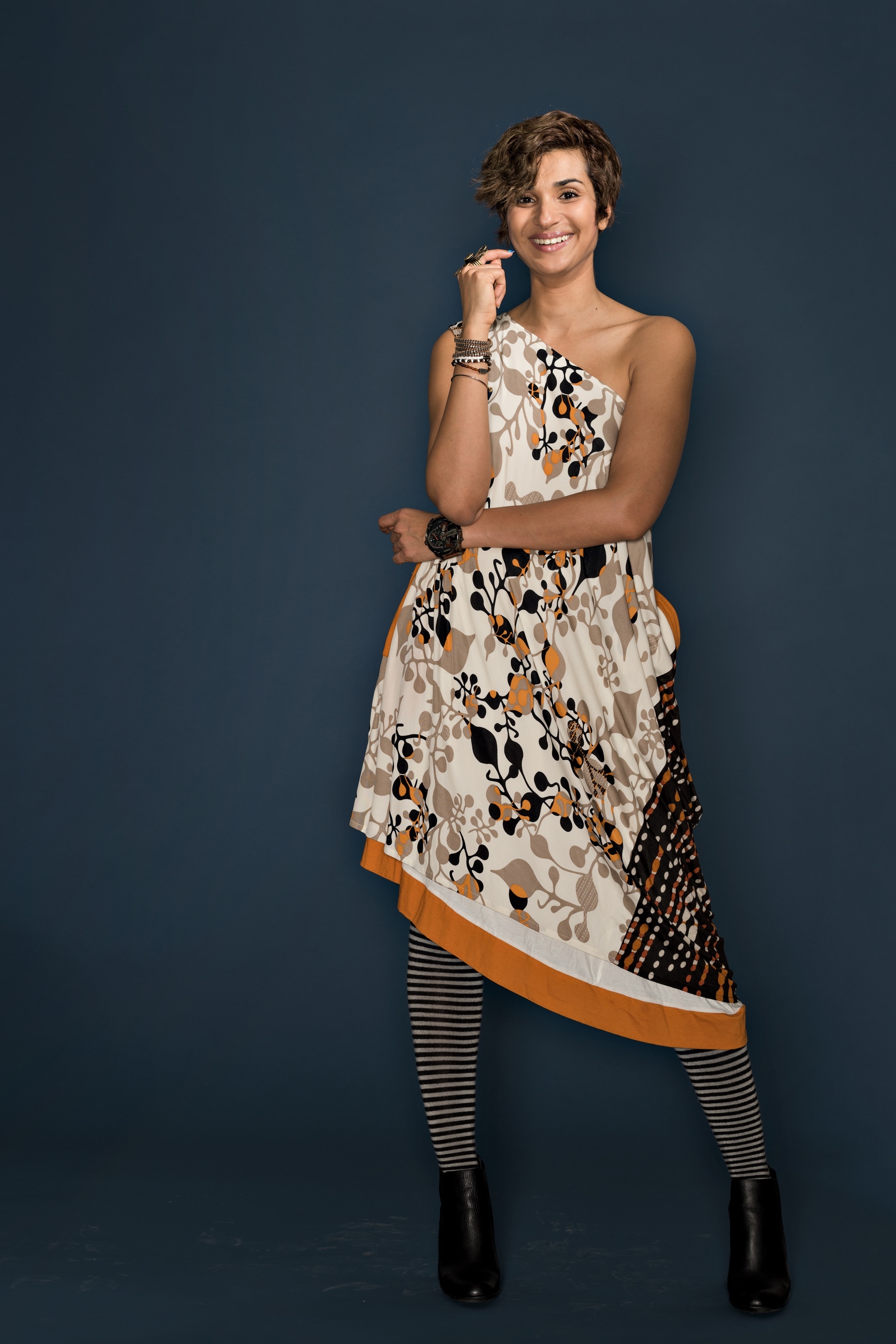
On Growing Up as a Bat, Dating Animals, and Being Wild
Asher Jay grew up thinking she was an animal. Now, she creates global campaigns to save them. We asked the multitalented artist 10 questions.
“I was raised wild,” says artist and conservationist Asher Jay. The 31-year-old India-born National Geographic emerging explorer torpedoes into a room, immediately launching into disaster-ridden tales of a recent dive in the Yucatan. “Turtles are the new thing,” she says. “I wake up and think, ‘What animal to do I want to work on today?’” Her artistic campaigns highlighting wildlife desecration have appeared in Times Square and the Serengeti, and gone viral in China. The irony? She’s “allergic to every animal.” But there’s little expected about Jay. Along with being what she calls a “creative conservationist,” she dabbles in fashion (she’s wearing her own creations here), modeling, and stand-up comedy.
When did you discover a passion for wildlife?
When I was younger, my mom allowed me to bring home any animal that fell out of a tree. She told me, “If you see something [broken], it’s your responsibility to fix it.” Eventually it was like living in a menagerie. I’d say, “Today I want to be a bat,” and my mom would say, “Go for it.” I went through a phase where my parents had to tell me, “You are human.”
Even now when I go out on safari and see an animal, I feel it come alive in me—I don’t see a separation. We tend to lose that over time as we begin to view things in a human context. That’s why I do what I do—to get back into that space of being wild and unbound.
Do you act on that?
In the Serengeti I jumped out of the jeep started running with the gazelles for a whole kilometer. I got to the middle of nowhere and thought, “Huh, there’s probably a reason people aren’t allowed to do this.”
How do you come up with a conservation campaign?
I was in the Serengeti installing a mural on the wildebeest migration. But if you look out your window you see them—I can’t do it better than nature. So before I left New York City for Africa I photographed the suits walking to Wall Street, and then I turned the wildebeest into humans. I wanted to create a larger conceptual narrative to show what makes us similar: We’re all migrating toward resources.
But people are living longer and having larger families. Soon, where we have currently 12 million people, we’re going to have 200 million people and it’s going to come at the cost of natural resources. That’s what I want to show in my artwork.
What guidelines do you judge your work by?
“Every tusk costs a life” was a tagline of my billboard in Times Square. The first question I got from a bunch of tourists was, “What is ivory?” That’s the ignorance we live with. So many things are allowed to happen because the majority silently consents to this being the story of our times. For me it’s about getting them to understand and empowering their voices, so such prevalent destruction isn’t our story.
Who is your target audience?
For my Pandas of Africa campaign in China, I knew that they had deep sentimental connection to pandas. I wanted African animals to be perceived in the same light because that’s how African animals are perceived in Africa, but not by the Chinese. So I rendered the elephant and rhino into black and white to look like a panda. I woke up one morning to see it on everybody’s Facebook profile photo and marches around the world with my image being used by people to extend their voice. It was insane.
Are there any rules your art abides by?
With the charcoal trade I created a cheetah out of charcoal and red paint. We’re losing 400,000 acres in Tanzania, which is integral to the big cat range. For that I actively chose charcoal as the medium to speak up about the issue, but sometimes I’m very conscious not to use a medium.
Like what?
Because I talk a lot about ivory, people think I could use it in my art. They have started sending me shipments. But if I used it, I’d be creating a gray area—it would seem like this material could be used by some because it has educational benefit, but not by others because it perpetuates death. I keep it very black and white because life and death is black and white. Art for art’s sake is a luxury we cannot afford.
What’s the strangest way you’ve spread the word?
I started doing stand-up comedy just to see if I could get wildlife jokes out there. In my act, I talk about how blood ivory has come to affect my dating life. Now every time I go on a date, I think of the fact that we’re losing an elephant every 15 minutes. So by the time we get to dessert I’m like, “Is this chap worth six elephants?”
Have any chaps met those standards?
I’m just very disillusioned by humanity at large and I think animals are way sexier and cooler. The thing I love most about my work is the male of any species is infinitely hotter than any male in my species. My best kiss was actually from an African grey parrot rescued from a trafficker in Kenya. That she-African grey is one lucky lady. At least somebody is having a better love life than I am, even if it is a bird.
What chance does a human have?
I just want more proactive measures coming from our own species. Failing that I’m going to go and observe it in the wild.
